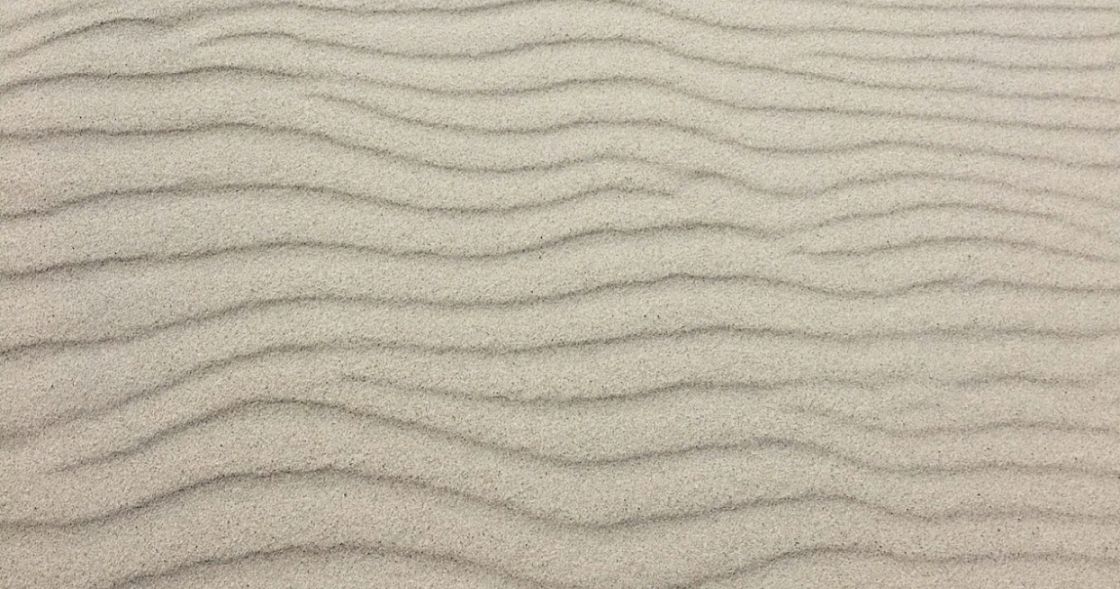When researching different methods of alternative healing, you’ll probably come across two similar therapies: PEMF and TENS. While they both look to treat pain and improve your health and wellness, they achieve these goals in very different ways. Here you can learn more about the difference between PEMF and TENS, any similarities and differences that may exist between the two therapies, and whether they are good for you to use to improve your levels of wellness.
What is TENS Therapy?
Transcutaneous electrical nerve stimulation, or TENS, is a form of therapy that involves electrical impulses being directed toward an area of the body to help alleviate pain. The electrical stimulation is delivered through a device that makes direct contact with the skin. To date, TENS therapy has been used to train pain related to OA (osteoarthritis), tendinitis, bursitis, and low back pain among other physical problems.
While TENS therapy has been proven to help with pain management, it is unclear how the electrical impulses achieve that goal. The two prevailing theories associated with TENS therapy revolve around either blocking pain signals directly or activating endorphins, resulting in pain being blocked naturally.
Due to the fact that TENS therapy uses electrical impulses, there are some instances where this form of treatment is not recommended. TENS should not be used over areas of the body containing electronic devices such as a pacemaker or a neuro-stimulator. If you’re pregnant, using TENS is not recommended unless it is for labor pains. TENS should not be used on your upper torso as the impulses could result in you having a seizure. Before using a TENS unit for pain relief, consult with your doctor first.
What is PEMF Therapy?
Pulsed electromagnetic field therapy, or PEMF therapy, offers pain management through the use of electromagnetic fields. These fields directly impact your cells, rejuvenating them and promoting higher levels of wellness. As your cells get damaged or get older, their ability to operate is compromised, resulting in various adverse effects on your body (like pain). Through PEMF therapy, electromagnetic waves influence the natural magnetic waves of your cells, repairing them and improving the overall level of wellness within the body. PEMF therapy has been used for various forms of injury and pain. This form of treatment is ancillary as a PEMF device only sends the magnetic waves into the body of the individual being treated and does not treat the underlying problem.
PEMF therapy has shown the ability to help manage pain, swelling, and bouts of inflammation. People who suffer from muscle and/or joint pain can experience temporary relief with the use of PEMF therapy. Studies have even found that PEMF therapy has the ability to temporarily increase circulation within the body, improving the body’s natural healing ability.
People have used PEMF therapy as a means to temporarily relieve muscle and joint pain, increase local circulation, relieve discomfort from arthritis, relieve symptoms of depression, help to reduce the impact of migraines, stimulate bone recovery, decrease diabetic factors, improve range of motion, and in some studies, PEMF therapy has been seen to regenerate damaged nerves.
What is the Difference Between PEMF and TENS
PEMF therapy and TENS therapy both look to achieve the goal of pain relief, but they do so in very different ways. Whereas TENS therapy directly sends electrical currents into your body through the skin, PEMF makes use of magnetic waves dispersed into your body. One big difference between PEMF and TENS is the area on the body where the treatment can be administered. PEMF can be utilized for full-body saturation without negative effects. TENS, however, can have adverse effects on the body if administered to the wrong areas.
There are many instances where the two treatments are very similar. Both PEMF and TENS have few side effects associated with their use, although TENS has been shown to irritate the skin and, in some cases, produce burn marks in areas where the electrodes make direct contact with the skin.
In Conclusion
PEMF therapy and TENS therapy may have some similarities, but they are executed in different ways and have different levels of success in achieving their goals. While TENS has a direct method of dealing with pain and discomfort, it also has the potential to cause more problems with how it is used. With PEMF therapy there are far fewer potential problems to arise from normal use, and the method of application is non-invasive and cannot cause the irritation that TENS therapy can. The two therapies share similarities, but PEMF therapy comes out as the clear-cut winner over TENS.












